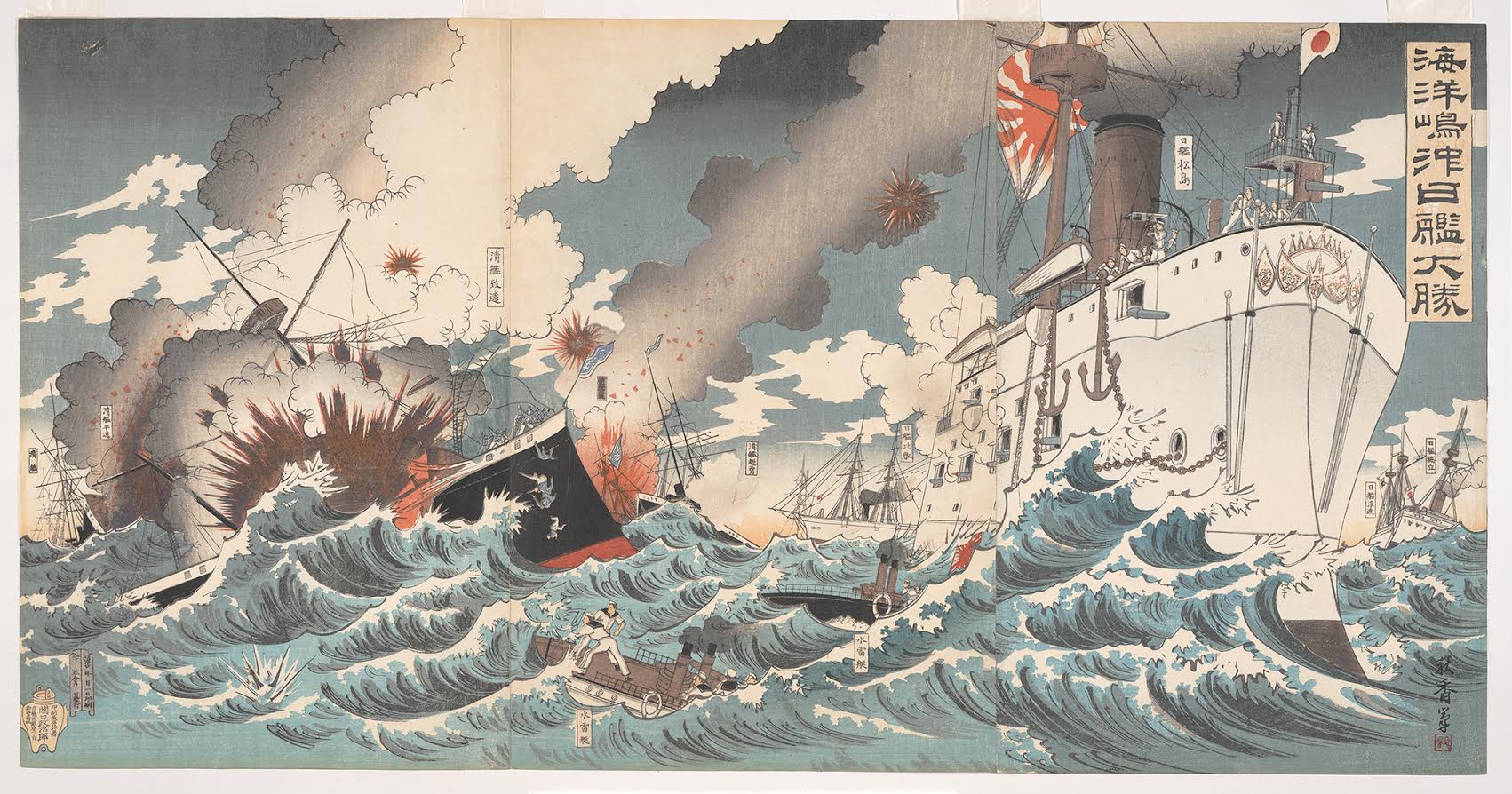Sensō-e, literally "war pictures," are a particularly dramatic form of Japanese woodblock print that emerged as a style of reportage during the Satsuma Rebellion of 1877, and went on to become a widespread and popular way of disseminating patriotic imagery during the First Sino and Russo-Japanese wars. The 2017 catalog "Flash of Light, Fog of War" features 75 of these images and was produced following a donation of a private collection to the Ackland Art Museum at the University of North Carolina at Chapel Hill.
Sensō-e — reproducible images made to depict current events — were not intended to be appreciated as "fine" art by a cultured elite. They were, however, meant to be eye-catching and sensational and, whatever their aesthetic aspirations, it was incumbent on them to deliver.



















With your current subscription plan you can comment on stories. However, before writing your first comment, please create a display name in the Profile section of your subscriber account page.